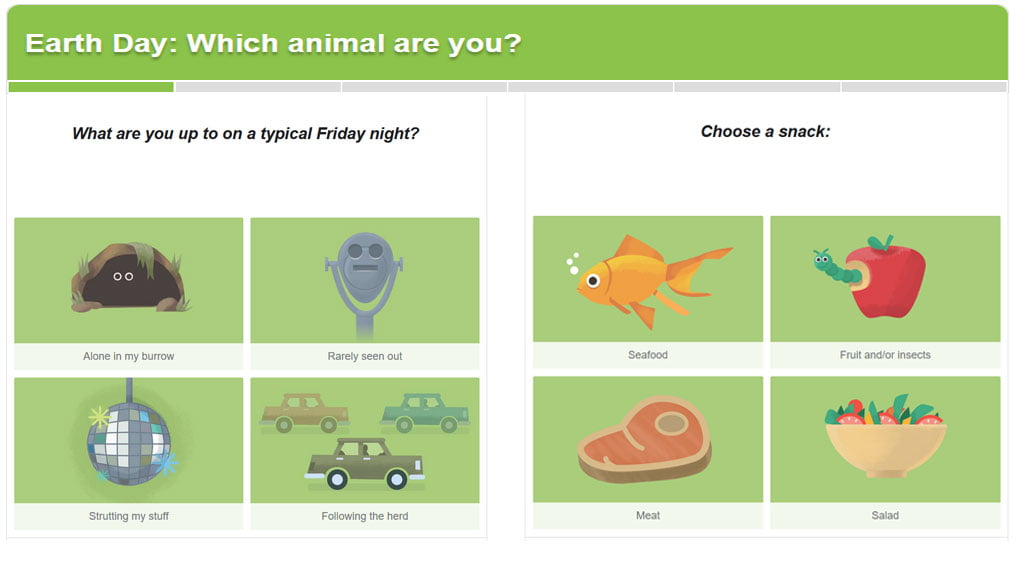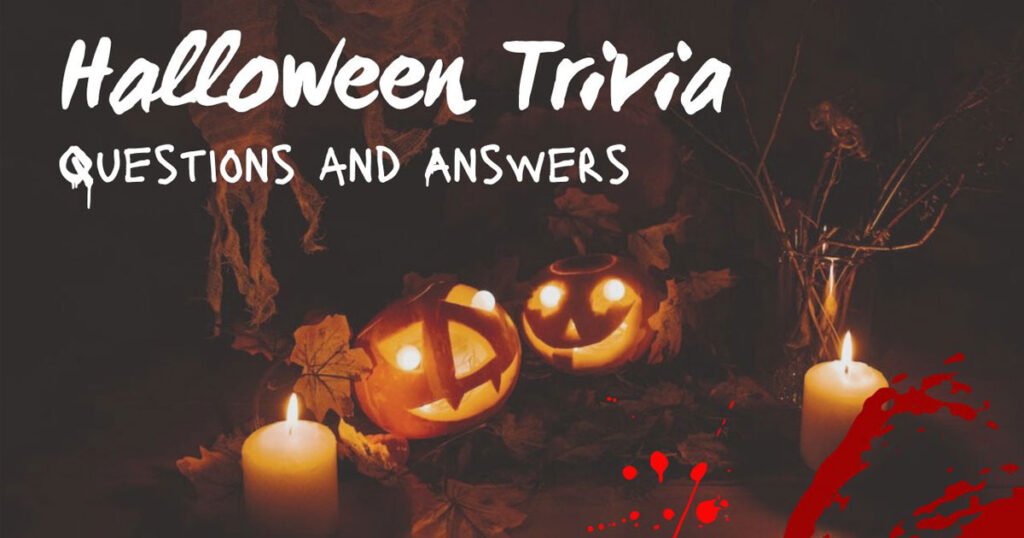Teacher trivia questions and answers are a fun way to test knowledge about educators, teaching methods, and school-related facts. These questions can be used in quizzes, classroom activities, or staff meetings for engagement and learning.
Introduction
Teachers play a crucial role in shaping minds and futures. Whether you’re an educator looking for fun classroom activities or someone who enjoys trivia, teacher-themed questions can be both entertaining and informative. This article provides a detailed collection of teacher trivia questions and answers, along with interesting facts about the teaching profession.
By the end of this article, you’ll have a solid list of trivia questions, understand their educational value, and discover creative ways to use them.
Why Teacher Trivia Questions Are Useful
Trivia questions about teachers serve multiple purposes:
- Engaging Students: Fun facts make learning interactive.
- Professional Development: Teachers can use them in staff meetings.
- Educational Games: Perfect for quiz competitions and school events.
Studies show that interactive learning improves retention. According to Edutopia, gamification in education enhances student participation.
Categories of Teacher Trivia Questions
To keep things organized, teacher trivia can be divided into different categories:
| Category | Example Question |
|---|---|
| History of Education | “Who is considered the father of modern education?” |
| Famous Teachers | “Which famous scientist was also a teacher?” |
| Teaching Methods | “What is the Montessori method?” |
| Fun Facts | “What percentage of teachers spend their own money on classroom supplies?” |
Each category offers unique insights into the teaching profession.
Teacher Trivia Questions and Answers
Here are 101 teacher questions and answers categorized into 10 groups, with 10 questions in each category. Each Q & A follows the requested format, with a gap between each one.
Classroom Management
Q: How do you handle a disruptive student in class?
A: I calmly address the student, provide clear expectations, and offer a consequence if the behavior continues.
Q: What strategies do you use to maintain student focus?
A: I use a mix of interactive activities, positive reinforcement, and short breaks to keep students engaged.
Q: How do you establish classroom rules?
A: I involve students in the process, creating a set of rules they agree with and can follow.
Q: What would you do if a student repeatedly interrupts the class?
A: I would have a private conversation with the student to understand the cause and set boundaries.
Q: How do you handle late arrivals?
A: I quietly acknowledge the student, remind them of the importance of punctuality, and continue the lesson without disruption.
Q: How do you motivate students who are disengaged?
A: I try to relate the lesson to their interests and provide positive reinforcement for small achievements.
Q: How do you handle students who refuse to participate?
A: I try to understand their reasons, provide encouragement, and offer alternative ways for them to participate.
Q: How do you set expectations for student behavior?
A: I communicate clear, consistent expectations and remind students regularly.
Q: What do you do if students are chatting during instruction?
A: I pause, get their attention, and remind them of the importance of listening and respect.
Q: How do you prevent classroom distractions?
A: I design lessons that are engaging, and use a variety of activities to maintain attention.
Teaching Strategies
Q: What teaching methods do you use to cater to different learning styles?
A: I use a mix of visual, auditory, and kinesthetic activities to accommodate all learners.
Q: How do you differentiate instruction for students with varying abilities?
A: I provide tailored activities, additional support, and challenges to meet the needs of all students.
Q: How do you promote active learning?
A: I encourage group work, discussions, and hands-on activities to involve students in the learning process.
Q: How do you incorporate technology into lessons?
A: I use digital resources like interactive whiteboards, educational apps, and online research.
Q: How do you assess student understanding during a lesson?
A: I use questioning, quizzes, and observation to gauge understanding in real-time.
Q: How do you make learning fun?
A: I use games, real-world applications, and creative activities to make lessons more engaging.
Q: How do you handle students who learn at a slower pace?
A: I provide additional time, break tasks into smaller chunks, and offer one-on-one support.
Q: How do you support students with special needs?
A: I collaborate with special education teachers and adapt lessons to meet individual needs.
Q: How do you challenge advanced learners?
A: I provide enrichment activities, complex problem-solving tasks, and independent research opportunities.
Q: How do you teach students critical thinking skills?
A: I ask open-ended questions, encourage problem-solving, and promote discussions that require reasoning.
Assessment and Feedback
Q: How do you assess student progress?
A: I use a combination of formative assessments, projects, and tests to monitor progress.
Q: How do you provide constructive feedback?
A: I focus on what students did well, offer specific suggestions for improvement, and remain positive.
Q: How do you handle grading?
A: I ensure my grading is fair, transparent, and based on clear criteria outlined at the beginning of the term.
Q: How do you track student performance over time?
A: I keep detailed records of grades, assessments, and observations to spot trends in student performance.
Q: What do you do if a student’s grade does not reflect their potential?
A: I meet with the student to discuss challenges and offer strategies for improvement.
Q: How do you assess group work?
A: I assess both individual contributions and the overall group performance.
Q: How do you ensure your assessments are fair?
A: I use rubrics, provide clear instructions, and offer multiple ways for students to demonstrate understanding.
Q: How do you use formative assessments during a lesson?
A: I ask questions, observe, and give quizzes or polls to check for understanding throughout the lesson.
Q: How do you provide feedback on assignments?
A: I provide timely, specific, and actionable feedback that helps students improve.
Q: How do you ensure students reflect on their learning?
A: I encourage students to self-assess and set goals for their next steps.
Classroom Environment
Q: How do you create a positive classroom environment?
A: I build relationships with students, create a welcoming space, and promote respect and inclusivity.
Q: How do you organize your classroom?
A: I arrange furniture to encourage collaboration, with clear areas for group work, independent work, and teacher interaction.
Q: How do you handle disruptions from other students?
A: I calmly address the behavior, remove the disruptive element, and maintain focus on the lesson.
Q: How do you ensure your classroom is inclusive?
A: I celebrate diversity, use inclusive language, and adapt lessons to cater to different needs.
Q: How do you use classroom displays?
A: I use displays to reinforce learning, showcase student work, and create a motivating environment.
Q: How do you ensure all students feel safe in your classroom?
A: I promote respect, address bullying immediately, and create an atmosphere of support and understanding.
Q: How do you build rapport with students?
A: I listen to them, show interest in their lives, and provide encouragement.
Q: How do you ensure student accountability in group activities?
A: I set clear roles and expectations and encourage peer accountability through reflection.
Q: How do you create an environment conducive to learning?
A: I minimize distractions, keep the space organized, and ensure the classroom is well-lit and comfortable.
Q: How do you foster student collaboration?
A: I organize group projects, encourage peer-to-peer learning, and set up collaborative tasks.
Lesson Planning
Q: How do you plan your lessons?
A: I start with clear objectives, plan activities that align with those objectives, and include assessments to check for understanding.
Q: How do you incorporate student feedback into lesson planning?
A: I regularly ask students for input on what works and adjust future lessons based on their suggestions.
Q: How do you structure a typical lesson?
A: I start with an introduction, move to guided practice, then independent practice, and end with a recap and assessment.
Q: How do you ensure your lessons are engaging?
A: I include a variety of activities, such as discussions, videos, and hands-on exercises, to keep students interested.
Q: How do you adapt your lessons for different learning styles?
A: I use a variety of teaching techniques, like visuals, audio, and kinesthetic tasks, to appeal to different learners.
Q: How do you address gaps in student knowledge during lesson planning?
A: I provide review activities, use formative assessments to pinpoint gaps, and adjust my teaching accordingly.
Q: How do you make learning objectives clear to students?
A: I share the objectives at the start of the lesson and refer back to them during and at the end of the lesson.
Q: How do you incorporate real-world connections into lessons?
A: I use current events, practical examples, and field trips to relate lessons to the real world.
Q: How do you plan for student challenges in your lessons?
A: I anticipate potential challenges, prepare additional resources, and modify activities as needed.
Q: How do you ensure your lessons align with curriculum standards?
A: I review the standards, plan lessons around them, and assess student progress toward meeting those standards.
Student Motivation
Q: How do you keep students motivated throughout the year?
A: I set achievable goals, offer praise, and keep lessons relevant and interesting.
Q: How do you handle students who are consistently unmotivated?
A: I try to understand the root cause and offer personalized support to help them reconnect with learning.
Q: How do you celebrate student achievements?
A: I acknowledge their progress, both publicly and privately, through praise, awards, or certificates.
Q: How do you encourage a growth mindset?
A: I emphasize effort, perseverance, and the belief that abilities can improve with practice.
Q: How do you create a sense of ownership over learning?
A: I give students choices in how they approach tasks and encourage self-directed learning.
Q: How do you use rewards in the classroom?
A: I use positive reinforcement like praise, stickers, and small privileges to motivate students.
Q: How do you support students who lack confidence?
A: I provide positive feedback, break tasks into manageable steps, and build their confidence through small successes.
Q: How do you keep students excited about learning new subjects?
A: I connect new topics to their interests and use hands-on, interactive activities.
Q: How do you prevent burnout among students?
A: I monitor their workload, offer breaks, and encourage them to manage their time effectively.
Q: How do you encourage collaboration over competition?
A: I emphasize teamwork, group projects, and the importance of supporting one another.
Parent-Teacher Communication
Q: How do you keep parents informed about their child’s progress?
A: I send regular updates via emails, parent-teacher meetings, and progress reports.
Q: How do you handle a parent who disagrees with your teaching approach?
A: I listen to their concerns, provide explanations, and work together to find a solution.
Q: How often do you communicate with parents?
A: I communicate regularly through emails, phone calls, and scheduled conferences.
Q: How do you involve parents in the learning process?
A: I encourage them to help with homework, attend school events, and provide feedback on their child’s progress.
Q: How do you handle difficult parent-teacher conferences?
A: I stay calm, listen to the parent’s concerns, and collaborate on ways to support the student.
Q: How do you celebrate student success with parents?
A: I share positive news via phone calls, emails, or at parent-teacher conferences.
Q: How do you address concerns about a student’s behavior with parents?
A: I discuss the issue calmly, provide examples, and suggest strategies for improvement at home and in class.
Q: How do you support parents who are struggling to help their child academically?
A: I offer resources, suggest study strategies, and encourage regular communication.
Q: How do you keep parents involved in school events?
A: I send out invitations, post updates, and encourage attendance at parent nights or volunteer opportunities.
Q: How do you handle cultural differences in parent-teacher communication?
A: I remain respectful, open-minded, and ensure communication is clear and culturally sensitive.
Professional Development
Q: How do you keep improving your teaching skills?
A: I attend workshops, read professional journals, collaborate with colleagues, and reflect on my teaching.
Q: How do you handle criticism from colleagues or supervisors?
A: I listen to feedback, reflect on it, and make adjustments where necessary.
Q: How do you stay up to date with educational trends?
A: I follow educational blogs, attend conferences, and take online courses.
Q: How do you manage work-life balance?
A: I set clear boundaries, prioritize self-care, and use time management strategies.
Q: How do you set professional goals?
A: I identify areas for growth, set clear, achievable targets, and reflect on progress regularly.
Q: How do you collaborate with other teachers?
A: I share ideas, discuss student progress, and work together on projects and lesson planning.
Q: How do you reflect on your teaching practices?
A: I regularly review my lessons, seek feedback from peers and students, and make adjustments.
Q: How do you handle stress at work?
A: I take breaks, practice mindfulness, and reach out for support when needed.
Q: How do you motivate yourself to stay passionate about teaching?
A: I focus on the positive impact I have on students’ lives and seek out new challenges.
Q: How do you stay organized as a teacher?
A: I use planners, digital tools, and checklists to keep track of tasks and deadlines.
Time Management
Q: How do you manage time during lessons?
A: I plan the lesson structure carefully, keeping activities within time limits and allowing for flexibility.
Q: How do you handle time constraints during a busy school day?
A: I prioritize tasks, delegate when necessary, and remain focused on the most urgent activities.
Q: How do you balance teaching with administrative tasks?
A: I schedule time for grading, lesson planning, and meetings, ensuring a balance throughout the week.
Q: How do you handle multiple responsibilities in one class period?
A: I delegate tasks, stay organized, and ensure smooth transitions between activities.
Q: How do you prepare for a lesson in a limited time?
A: I focus on key objectives, simplify the lesson plan, and use efficient resources.
Q: How do you manage your classroom transitions?
A: I use clear signals, provide time cues, and keep students engaged during the shift.
Q: How do you prioritize tasks?
A: I focus on urgent matters first, then tackle less immediate but still important tasks.
Q: How do you ensure you stay on schedule during lessons?
A: I track time regularly, stay flexible with content, and avoid overloading a single activity.
Q: How do you manage deadlines for grading and assignments?
A: I create a grading schedule and stick to it, breaking tasks into manageable chunks.
Q: How do you manage teacher meetings and duties efficiently?
A: I plan ahead, prioritize, and use my prep time to stay on top of responsibilities.
Emotional Intelligence
Q: How do you handle your emotions in the classroom?
A: I stay calm, model appropriate emotional responses, and maintain a positive attitude.
Q: How do you address students’ emotional needs?
A: I listen actively, show empathy, and provide support or refer to a counselor if needed.
Q: How do you manage classroom conflicts?
A: I mediate the situation, listen to all parties, and help them find a resolution.
Q: How do you build trust with your students?
A: I am consistent, fair, and approachable, and I always follow through on promises.
Q: How do you handle students who are upset?
A: I offer a quiet space, listen without judgment, and help them calm down.
Q: How do you maintain your emotional well-being as a teacher?
A: I practice self-care, seek support from colleagues, and take time for personal interests.
Q: How do you support students dealing with stress or anxiety?
A: I offer a listening ear, provide relaxation techniques, and encourage seeking additional support if needed.
Q: How do you demonstrate empathy in the classroom?
A: I acknowledge students’ feelings, validate their experiences, and show kindness.
Q: How do you handle students’ negative emotions towards learning?
A: I provide encouragement, find ways to make learning enjoyable, and ensure they feel supported.
Q: How do you foster a positive emotional climate in your classroom?
A: I create a safe space, model positive behavior, and encourage kindness and respect.
These questions cover a variety of teaching topics and provide concise answers that reflect common teaching practices.
FAQs About
1. Why do teachers get apples as gifts?
Traditionally, apples were given to teachers as a symbol of knowledge and appreciation. In the past, families would sometimes pay teachers with food, and apples were a popular choice.
2. What qualities make a great teacher?
A great teacher is patient, knowledgeable, inspiring, and adaptable. They should also have excellent communication skills and a passion for teaching.
3. What is the significance of World Teachers’ Day?
World Teachers’ Day, celebrated on October 5th, honors teachers worldwide for their contributions to education and society.
4. Who was the first teacher in history?
While there is no definitive answer, Confucius (551–479 BC) is often regarded as one of the earliest recorded teachers.
5. How has technology changed teaching?
Technology has revolutionized education by providing online learning platforms, interactive digital tools, and improved communication between teachers and students.
Final Thoughts
Teacher trivia is more than just a fun activity—it’s a powerful educational tool. Whether you’re a student, educator, or trivia enthusiast, these questions can spark curiosity and deepen appreciation for the teaching profession.
Next time you’re in a classroom or staff meeting, try using some of these questions and see how they bring energy and engagement to the room!



